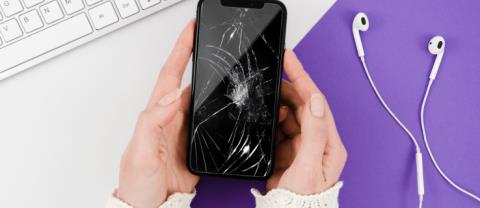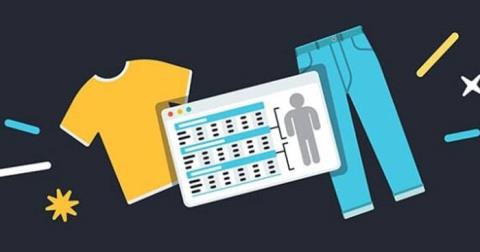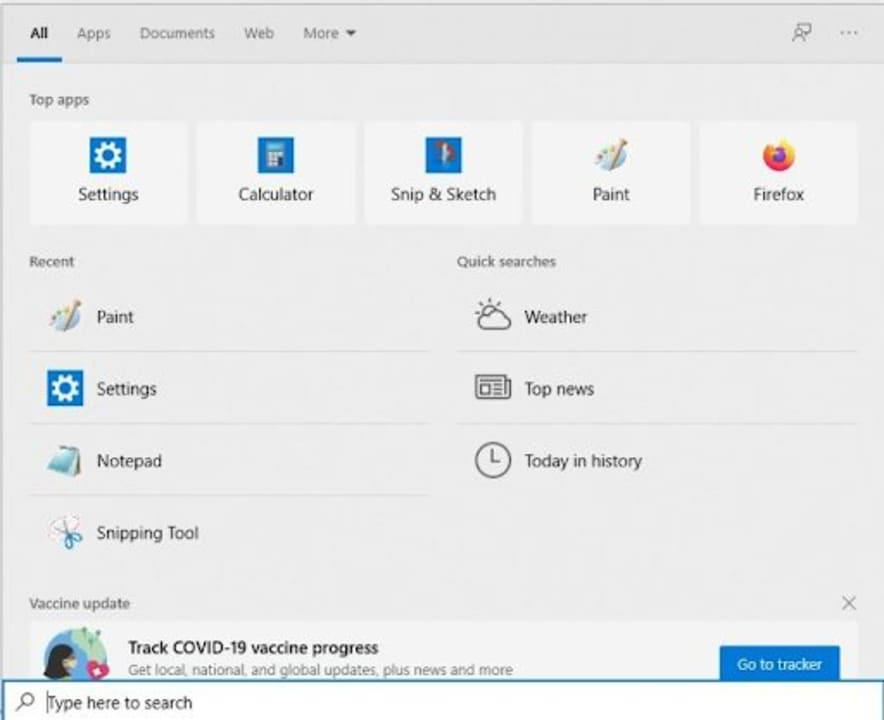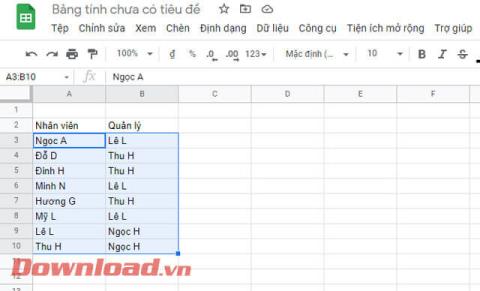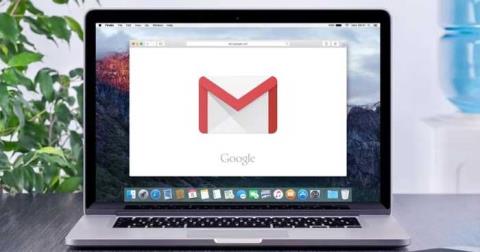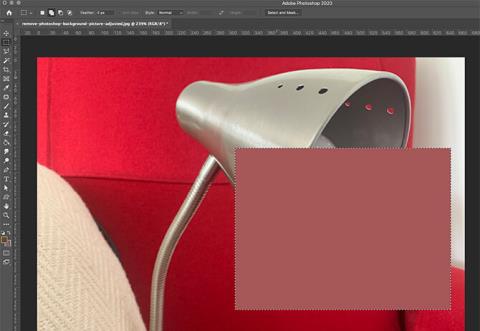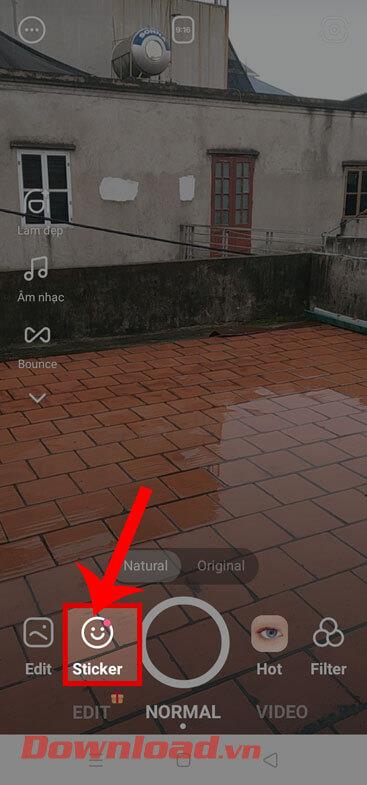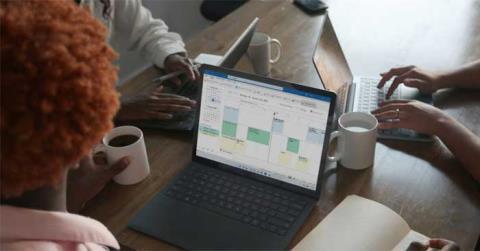Image 1 of 4
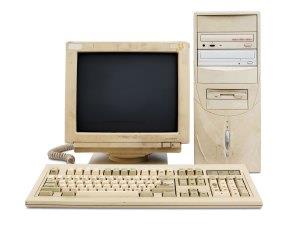

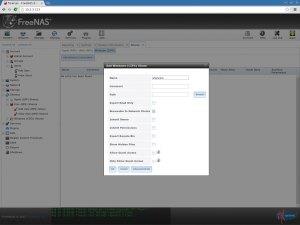
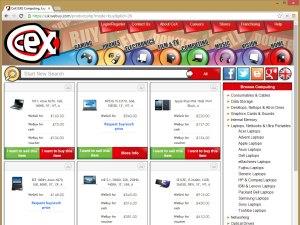
When a PC is nearing the end of its useful life, it’s crucial to decommission it safely and securely or find ways to reuse it, or just sell it as parts or as a whole. The biggest part is handling the PC without worrying about what else you may be giving away. If you do plan to sell it, there are steps you can take to encourage buyers and help achieve a quick sale at a good price. Here’s how to scrap, recycle/reuse, or sell your PC safely and securely.
Protect/Preserve Your Personal Data First and Foremost
The most important part of decommissioning, reusing, or selling an old PC is securely erasing or your personal data, to ensure that nothing can be recovered by whoever gets their hands on it. You’ll also want to back up any important data for future use and copy the specifications of all hardware and select programs. Here’s how to manage the data on your old PC before you sell it, reuse it, or junk it.
Step 1: Collect PC, OS, and Program Specifications
Before you start the security and privacy process, make sure you’ve collected all the data and information you need from the computer. For a PC you plan to sell or strip for parts, it’s always good to have a full specification list to give to buyers. If you don’t have the original documents, gather the specs from the PC operating system. For instance, Windows 10 “About” and “System Information”, macOS “System Information,” and Linux “Details” provide some info, but third-party programs work best like CPU-Z or Speccy for Windows and I-Nex or Hardinfo for Linux. You’ll need that information, especially if you plan to sell the PC or use it for other purposes.
Step 2: Back Up Your Valuable Data
If there’s data you want to keep, be sure to transfer all important data to an external hard disk or upload it to a cloud storage service such as Dropbox or Google Drive. For small amounts of personal data, a USB stick is a second option.
Step 3: Manage Existing Software and Programs
If you plan to leave some of the programs on the system for a different user, it is essential to de-authorize the ones that use an account across multiple devices, such as Apple’s iTunes and Adobe’s Creative Suite tools to ensure they can’t connect to your account(s).
For programs you want to preserve for use on another PC, you can unregister them (program-permitted) such as with Malwarebytes to preserve the serial for another PC.
Finally, dig out your original installation discs and decide what’s worth including if you’re going to sell the PC. You must hand over the product keys if you want to bundle registered software with the machine.
Selling the Whole Computer
Step 1: If you plan to sell the computer in one working piece, you should record the specifications and back up your important data, as instructed in the previous section. After that, the process is rather simple.
Step 1: Securely Erase The Drive(s)
If you plan on selling the entire PC as a whole, you’ll definitely want to securely clean off the hard disk. Deleting files does not completely remove the data; the PC just writes over it. Using a third-party disc eraser like Disk Wipe, Parted Magic, and Darik’s Boot And Nuke. These programs wipe every sector of a hard drive (HDD) or the chips on a solid-state drive (SSD).
Step 2: Reinstall a Fresh OS Copy
Once you’ve finished wiping all personal data from your drive, it’s time to reinstall the OS. This gives the PC a clean slate and faster functionality that is ready for the next person to use. This process makes the PC more attractive to potential buyers.
If you still have the installation disc or recovery media for Windows 7 or 8 (or even 10 at this point) along with a valid product key, this step should be a simple process. If your system came with an older XP or Vista disc, buyers may prefer the option of receiving the system without an OS or the discs without installation. One possibility is to install a Linux distribution to at least show that the system is working.
Step 3: Prepare for the Selling Process
At this point, you should already have made a list of the technical specifications, but if you plan to sell your PC via an online service, it’s also a good idea to take a set of clear photos. You don’t need to hire a professional photographer, but it pays to take your shots in a well-lit room and against a clean, preferably white background.
Obtain photos that show the device powered on and working if possible, and take shots from different sides to show ports and connectors. Include any recovery discs, manuals, peripherals, and cases in at least one photo. Don’t show the product key: someone dishonest could use it to illegally activate their own copy of the OS, leading to problems with your own installation.
